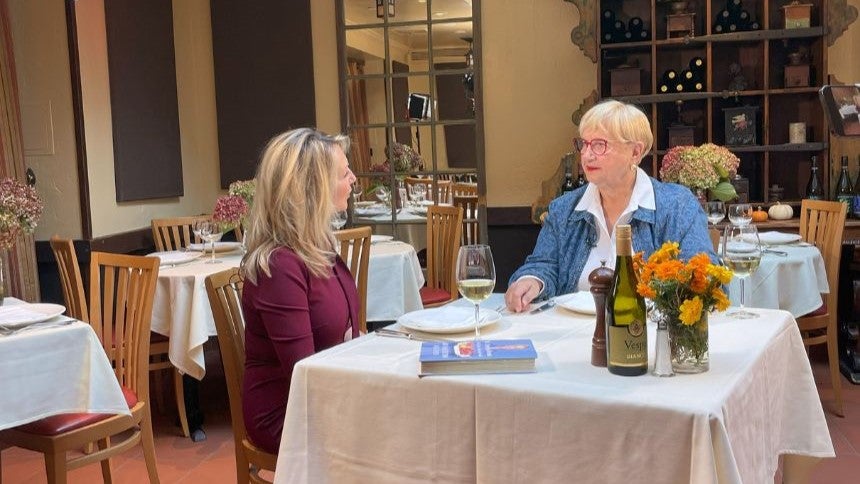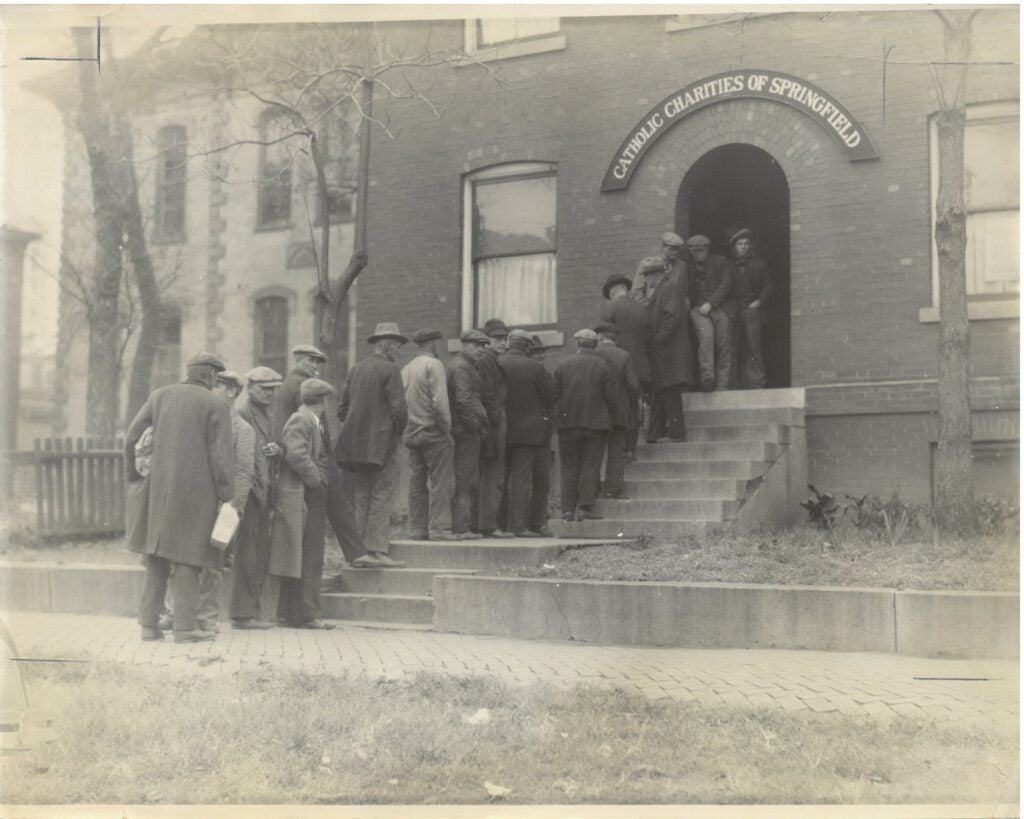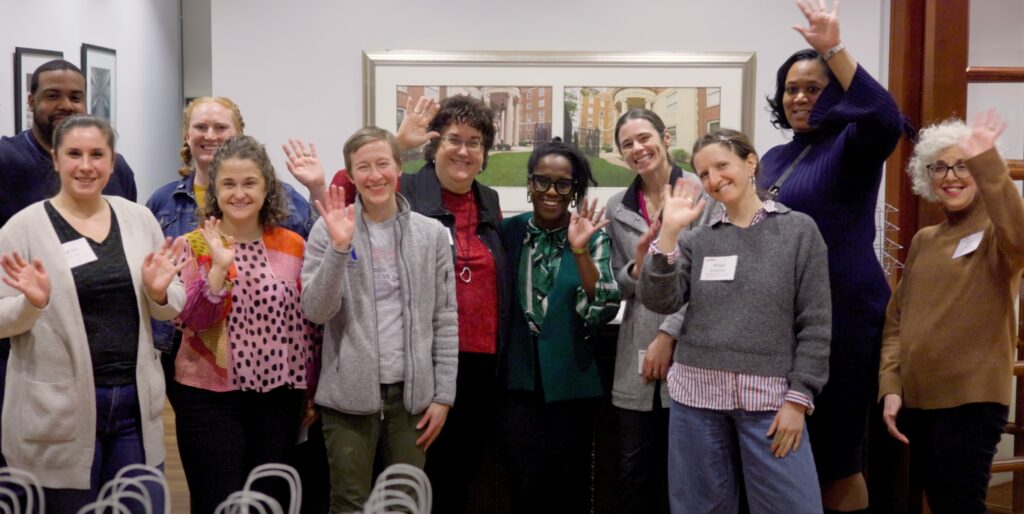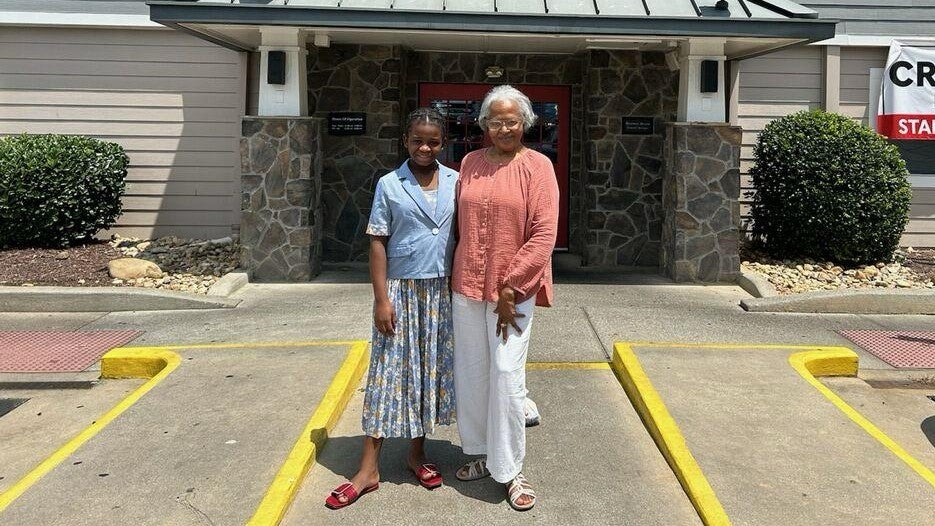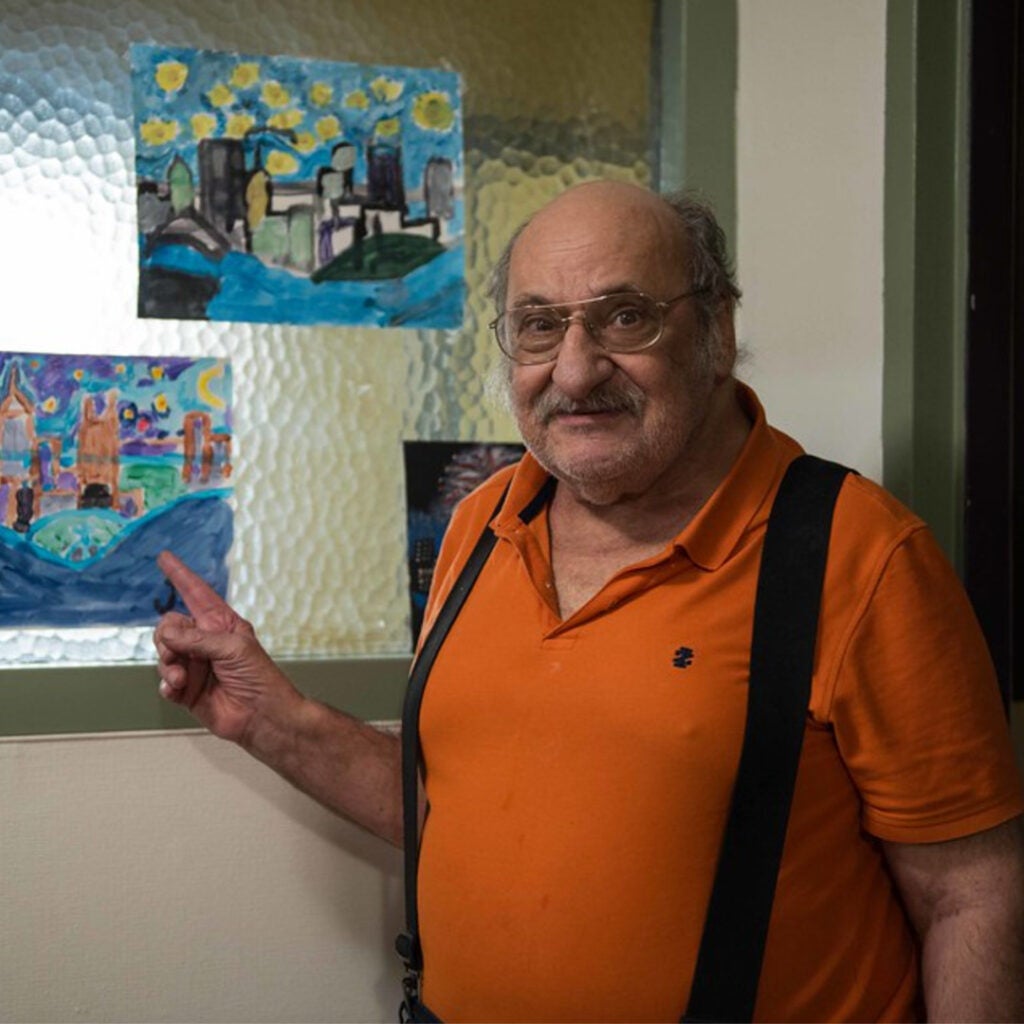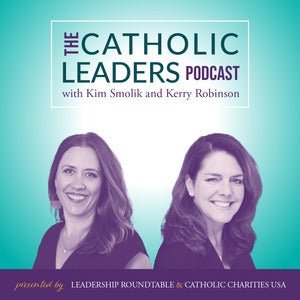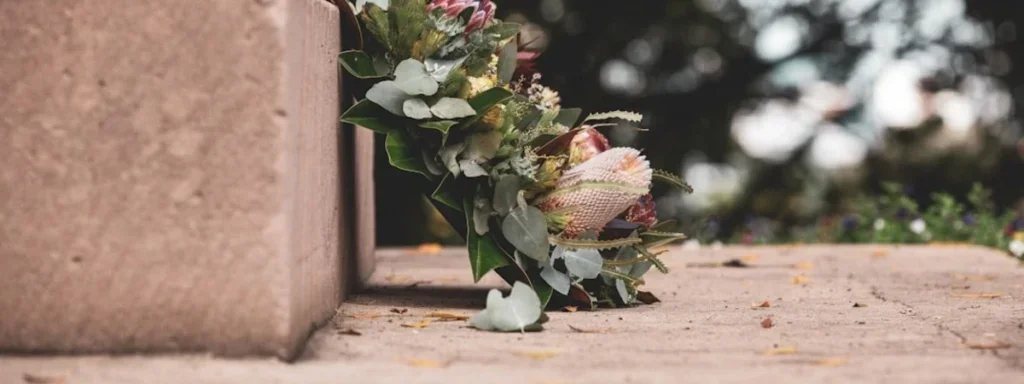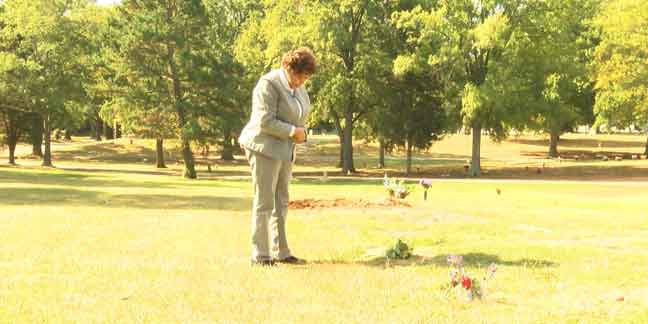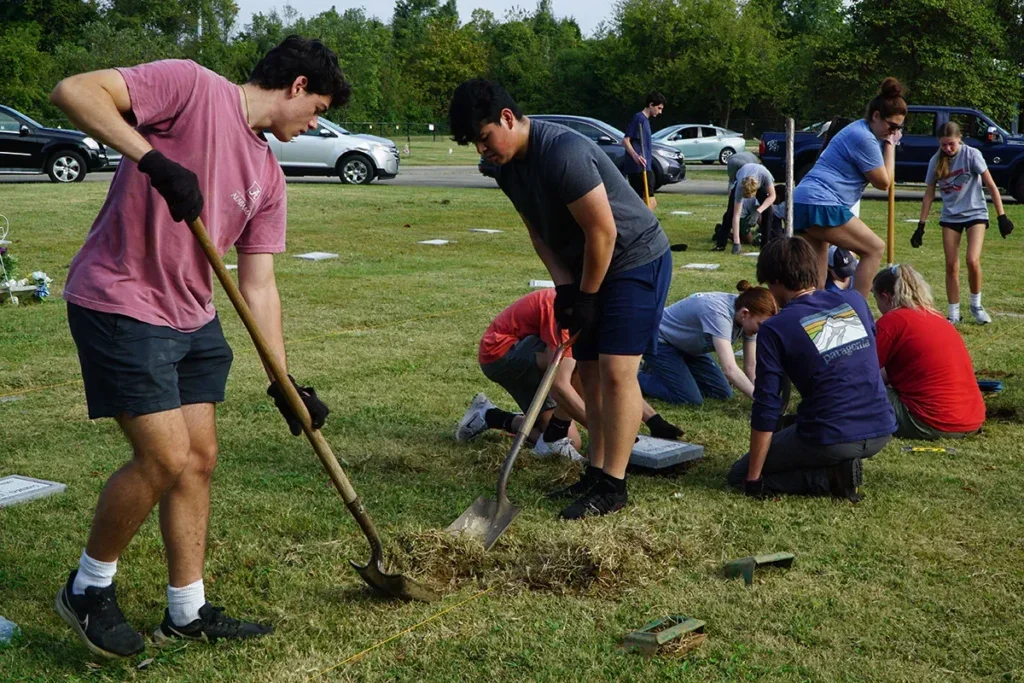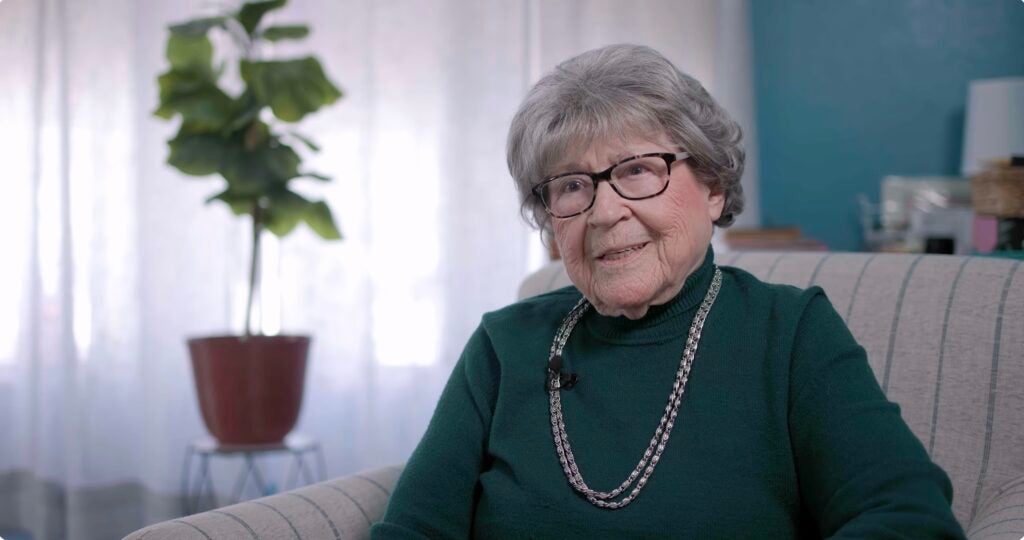
It’s not your imagination: There really are more disasters

A good portion of southeastern Australia was aflame in late 2019 through 2020. A normally hot country, the region has also suffered from a prolonged drought since 2017. And it was very windy. Drought, higher than average temperatures and unusually strong winds meant a perfect recipe for wildfires. By comparison, in 2018, the worst year on record, the California wildfires burned 1.9 million acres. Southern Australia lost over 12 million acres.
In 2017, Hurricane Harvey crossed Gulf of Mexico surface waters that were seven degrees warmer than average for August and went from a tropical depression to a category 4 hurricane in just two days. It lingered over Houston and surrounding towns dumping record amounts of precipitation, including nearly 65 inches in Nederland, Texas.
Stronger storms and more intense droughts are becoming the norm. Scientists tell us that climate change is exacerbating these natural and cyclical phenomena. As the atmosphere warms, more water evaporates, increasing the amount of moisture in the sky while at the same time, drying out the land. Generally speaking, dryer places are getting dryer and wetter places are getting wetter.
But even if you didn’t take the scientists’ word for it, insurance companies certainly have noticed. Munich Re, the re-insurance giant, has charted worldwide extreme weather catastrophes since 1980. Excluding things like earthquakes, tsunamis and volcanos—which are not related to climate change—floods, wildfires, and stronger-than-average storms have increased more than 3-fold since 1980.
Catholic Charities agencies on the front lines of these weather-related disasters will attest to the fact that there is simply much more to respond to than there was just a decade or two ago. The Catholic community should be concerned about all of creation. But we must especially allow our hearts to hear the cries of those who are poor. Our tradition goes back to Genesis, not just Earth Day.
Who suffers the most from these disasters? The poor and most vulnerable. In the U.S., they typically lack the means (money, a reliable car) to flee from the drought or storm as well as property insurance (like some renters), or support systems that they can rely on after the disaster has passed. Catholic Charities and other aid agencies stay to help long after the Red Cross and FEMA have done their work.
Pope Francis, in his landmark encyclical, Laudato Si’: On Care for Our Common Home, notes that, “The human environment and the natural environment deteriorate together…[b]oth everyday experience and scientific research show that the gravest effects of all attacks on the environment are suffered by the poorest” (No. 48). In the U.S., we have systems and structures to help people cope with disasters. In poor countries, these disruptions are literally life and death.
Since its founding in 2006, Catholic Climate Covenant, an organization that partners with 19 national Catholic groups including Catholic Charities USA, has insisted that the Catholic approach to climate change is both caring for God’s good gift of creation and caring for those who are poor at home and abroad and most impacted by our neglect. The Catholic community should be concerned about all of creation. But we must especially allow our hearts to hear the cries of those who are poor. Our tradition goes back to Genesis, not just Earth Day.
As the evidence of human neglect of creation becomes more and more apparent, our faith mandates that we find ways to walk more gently on the earth and be more mindful of our impact on those who are poor.
In 2019, Catholic Charities in the Archdiocese of Washington found a wonderful way to do this. Working with the Covenant’s Catholic Energies program, they installed the largest ground-based solar system in the District of Columbia. The 2-megawatt system reduces energy use among all Catholic Charities-owned buildings in the district by $250,000/year, money that can be used to shelter the homeless, feed the hungry and counsel the lost. The lease payments from the owner of the system are funding the costs of long-deferred maintenance on the building housing the sick and dying and the Missionaries of Charity sisters who care for them.
This “win-win” thinking can help make the Catholic community a beacon for living more humbly with our God and serving God’s people with greater intention. What’s not to like? Lower emissions, utility bill savings diverted to core mission activities, a witness to the wider community, and an evangelization tool for young Catholics wanting their Church to respond to the climate crisis.
Our human consciousness allows us to reflect on this amazing universe and its Creator. Our faith demands us to respond as co-creators with God and become better caretakers of this precious gift, our Common Home. [By Dan Misleh, Founder and Executive Director, Catholic Climate Covenant]
